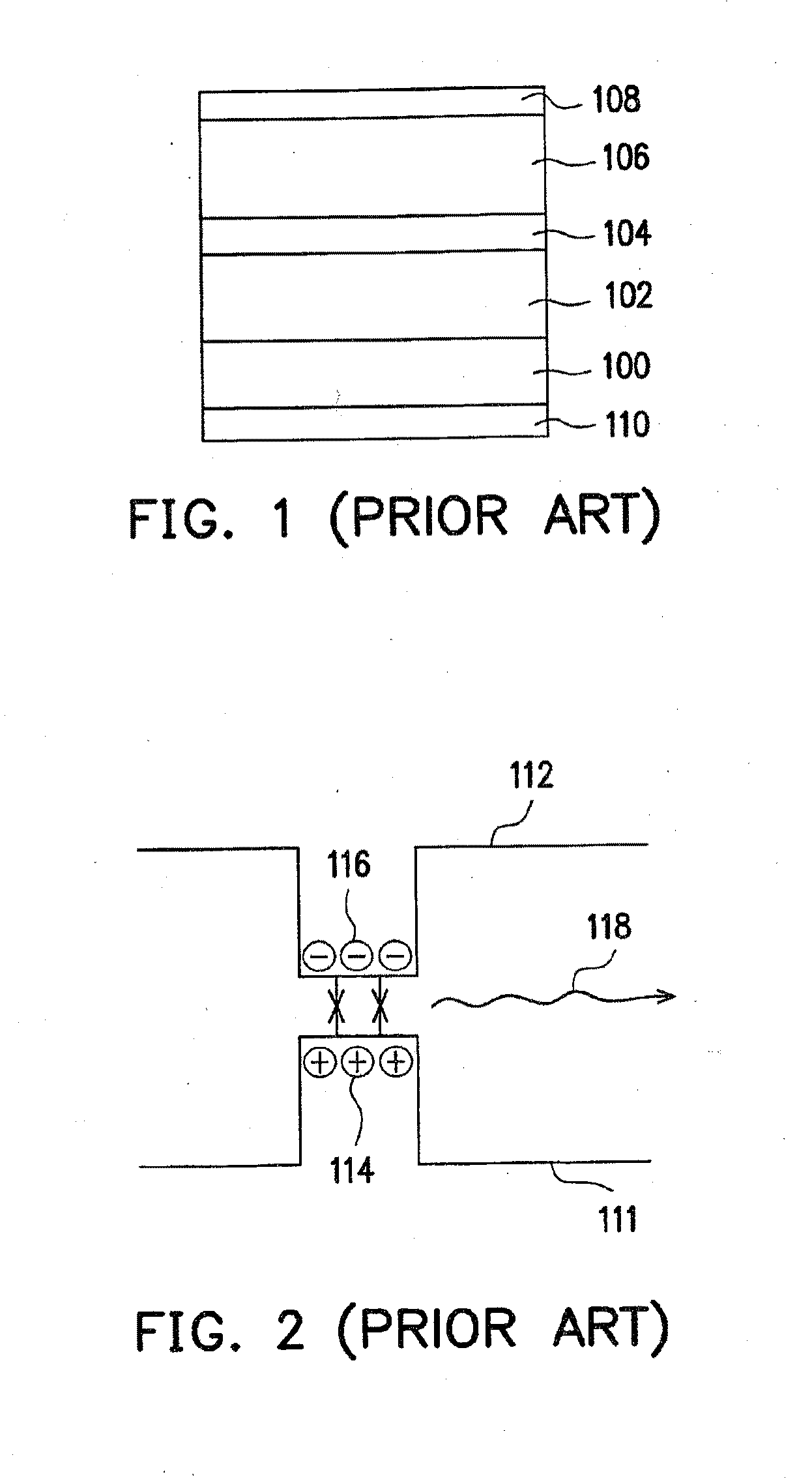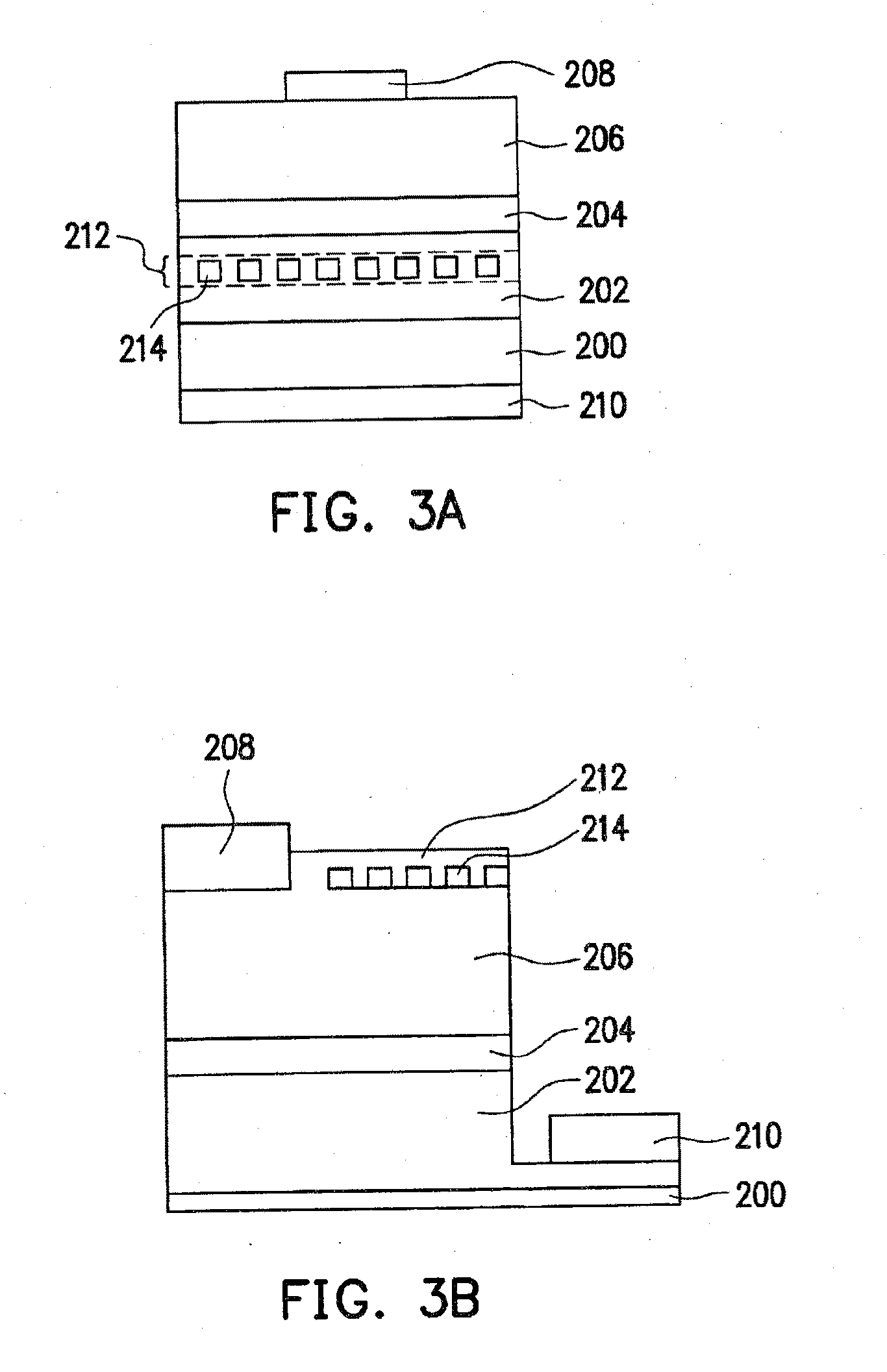Structure and method to polarize an electromagnetic wave
a technology of electromagnetic waves and polarization methods, applied in the field of polarization of electromagnetic waves, can solve the problems of reducing light intensity by a large amount, unable to achieve polarization of light, and not being suitable for certain applications
- Summary
- Abstract
- Description
- Claims
- Application Information
AI Technical Summary
Problems solved by technology
Method used
Image
Examples
Embodiment Construction
[0040]According to electromagnetic wave theory, a non-polarized electromagnetic wave (EM wave) can decompose into any two independent orthogonal components: for instance, a TE mode and a TM mode, which correspond to two mutually perpendicular eigen modes with electric field orthogonal to each other. If an EM wave only includes TE mode component or TM mode component, the EM wave is polarized. The EM wave mentioned herein includes visible light. A non-polarized EM wave can become polarized in TM-mode or in TE-mode if it interacts with a special device or materials. The EM wave polarization mechanism for a non-polarized EM wave will be described below. Thereafter, a LED structure of the invention will be taken as an example for description. However, the invention is not limited to this example. It also works for a resonant cavity light emitting diode (RCLED), a vertical cavity surface emitting laser (VCSEL), organic light emitting diode (OLED), or polymeric light emitting diode (PLED)....
PUM
 Login to View More
Login to View More Abstract
Description
Claims
Application Information
 Login to View More
Login to View More - R&D
- Intellectual Property
- Life Sciences
- Materials
- Tech Scout
- Unparalleled Data Quality
- Higher Quality Content
- 60% Fewer Hallucinations
Browse by: Latest US Patents, China's latest patents, Technical Efficacy Thesaurus, Application Domain, Technology Topic, Popular Technical Reports.
© 2025 PatSnap. All rights reserved.Legal|Privacy policy|Modern Slavery Act Transparency Statement|Sitemap|About US| Contact US: help@patsnap.com



